Home>Ideas and Tips>Indoor Fiddle Leaf Fig Care Tips for Trendy Houseplant Maintenance
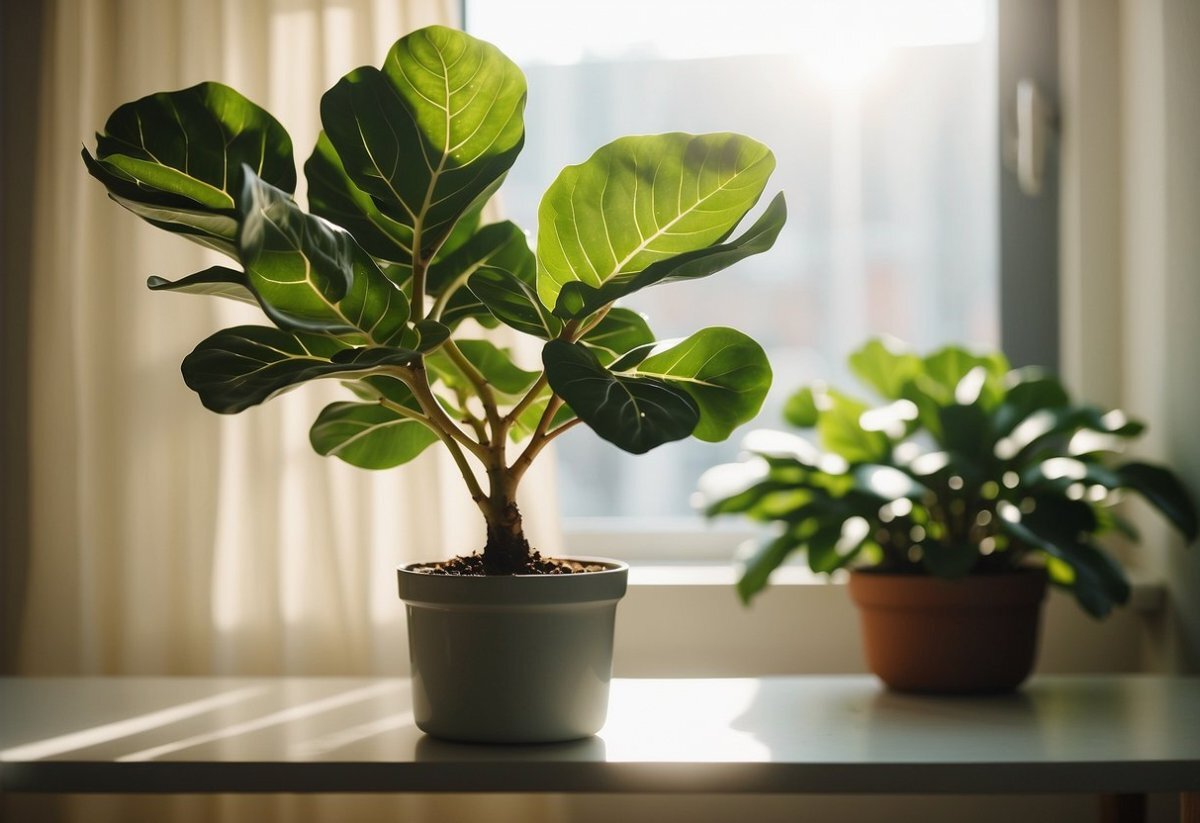

Ideas and Tips
Indoor Fiddle Leaf Fig Care Tips for Trendy Houseplant Maintenance
Published: September 2, 2024
Discover essential tips for caring for your Fiddle Leaf Fig. Ensure your trendy houseplant thrives with our comprehensive maintenance guide.
(Many of the links in this article redirect to a specific reviewed product. Your purchase of these products through affiliate links helps to generate commission for Storables.com, at no extra cost. Learn more)
The Fiddle Leaf Fig, scientifically known as Ficus lyrata, has become a staple in modern home decor and interior design. Its large, glossy green leaves and tree-like form make it a visually appealing addition to any room. However, despite its popularity, the Fiddle Leaf Fig is known to be a bit finicky and requires specific care to thrive. In this article, we will delve into the intricacies of caring for your indoor Fiddle Leaf Fig, providing you with comprehensive tips and guidelines to ensure your plant remains healthy and vibrant.
Understanding the Fiddle Leaf Fig
Before diving into the care tips, it's essential to understand the nature of the Fiddle Leaf Fig. This plant is often referred to as a "Treenager" due to its dramatic and sometimes temperamental behavior. It can be both awesome and happy, filling a room with joy, but it can also throw a fit when the slightest breeze or change in environment doesn't meet its expectations.
Anatomy of a Fiddle Leaf Fig
The Fiddle Leaf Fig is characterized by its large, violin-shaped leaves that can grow up to 18 inches in length. These leaves are a deep green color and have a glossy appearance. The plant itself can reach heights of up to 8 feet or more, making it a substantial addition to any room.
Lighting Requirements
One of the most critical aspects of caring for a Fiddle Leaf Fig is providing the right amount of light. These plants thrive in bright, indirect light but are sensitive to direct sunlight. Direct sunlight can cause the leaves to become scorched and develop brown spots, which can be detrimental to the plant's health.
Best Lighting Options
-
East-Facing Windows: East-facing windows receive gentle morning sunlight, making them an ideal choice for Fiddle Leaf Figs. This type of light is bright but not harsh, allowing the plant to photosynthesize effectively without suffering from scorching.
-
South or West-Facing Windows: While these windows receive more intense sunlight, it's essential to place the plant a few feet away from the window to avoid direct exposure. A sheer curtain or blind can help filter the light, ensuring it remains indirect.
-
Filtered Light: If you don't have a window that receives filtered light naturally, consider using a sheer curtain or placing the plant near a skylight. This will provide the necessary brightness without the risk of direct sunlight.
Watering Tips
Watering is another crucial aspect of Fiddle Leaf Fig care. These plants prefer moist soil but hate soggy conditions. Overwatering is one of the most common mistakes people make when caring for Fiddle Leaf Figs, leading to root rot and other problems.
How Often to Water
-
Check the Soil: The best way to determine when to water your Fiddle Leaf Fig is by checking the soil moisture. Stick your finger into the soil up to 2 inches deep. If the soil feels wet, wait a few days before watering again. If it feels dry at the top and slightly moist below, it's time for a watering.
-
Water Thoroughly: When you do water, make sure to water thoroughly until water flows out of the drainage holes. This ensures that the roots receive enough moisture without causing the soil to become waterlogged.
-
Adjust Watering Frequency: The watering frequency should be adjusted based on the season. In warmer months, the plant requires more water due to increased growth. In colder months, reduce watering as the plant grows less actively.
-
Avoid Overwatering: Overwatering can lead to root rot, which is often fatal for Fiddle Leaf Figs. If you notice yellowing leaves or the plant dropping leaves excessively, it might be a sign of overwatering. Adjust your watering schedule accordingly.
Soil Requirements
The type of soil you use is crucial for the health of your Fiddle Leaf Fig. These plants prefer well-draining, rich potting soil that retains moisture but doesn't become soggy.
Choosing the Right Potting Soil
-
High-Quality Potting Mix: Use a high-quality indoor plant potting mix specifically designed for houseplants. This type of mix usually contains perlite or vermiculite, which improve drainage and prevent waterlogging.
-
Avoid Garden Soil: Garden soil is too heavy and dense for indoor plants like Fiddle Leaf Figs. It can cause the roots to rot due to poor drainage.
-
Repotting: Young Fiddle Leaf Figs may need to be repotted annually as they outgrow their containers. Choose a pot that is slightly larger than the previous one and use fresh potting mix to ensure optimal growth.
Temperature and Humidity
Fiddle Leaf Figs prefer warmer temperatures ranging from 60 to 80 degrees Fahrenheit. However, they should be kept away from heating vents, fans, and drafts to avoid stress.
Maintaining Optimal Temperature
-
Avoid Extreme Temperatures: Avoid placing your Fiddle Leaf Fig near heating vents or air conditioning units as these can cause temperature fluctuations that stress the plant.
-
Maintain Humidity: Fiddle Leaf Figs thrive in higher humidity environments, typically between 30 and 65 percent. You can boost the humidity around your plant using a humidifier or by misting it regularly.
Using a Humidifier
-
Large Humidifier: If you want to boost the humidity in an entire room, consider using a large humidifier. This will create a more favorable environment for your plant.
-
Tabletop Humidifier: For smaller spaces or to target specific plants directly, use a tabletop humidifier. These are more portable and can be placed near the plant for localized humidity control.
Misting
Misting can also help increase humidity around your plant but should be done carefully to avoid encouraging foliage diseases. Use a fine mister and mist in the morning so that the water has time to evaporate throughout the day.
Fertilization
Fertilizing your Fiddle Leaf Fig is essential for maintaining its health and promoting lush growth. However, it's crucial to fertilize during the growth season (March through September) and avoid fertilizing during the winter months when the plant is dormant.
Read more: Essential Houseplants For Cleaner Indoor Air
Types of Fertilizers
-
Basic Indoor Plant Food: Use a basic indoor plant food diluted to half-strength. This will provide your Fiddle Leaf Fig with the necessary nutrients without overloading it.
-
Malibu Compost Tea: For stressed plants or to prevent transplant shock, consider using Malibu Compost Tea. This can give your plant an extra boost and help it recover from any stressors.
Propagation
Propagating a Fiddle Leaf Fig is relatively easy and can be done through stem cuttings during the growing season (March through September).
Propagation Steps
-
Choose Healthy Stems: Select healthy stems with at least two nodes (the joint where a leaf meets the stem). Cut these stems just above a node using clean scissors or pruning shears.
-
Prepare Cuttings: Remove lower leaves from the cutting, leaving only a few at the top. This helps prevent the cutting from drying out and promotes rooting.
-
Plant Cuttings: Plant the cuttings in a well-draining potting mix and keep the soil moist but not waterlogged. Place the pot in a bright, indirect light location and maintain high humidity until roots develop.
Troubleshooting Common Issues
Despite proper care, Fiddle Leaf Figs can still experience various issues. Here are some common problems and their solutions:
Leaf Browning
Leaf browning can occur due to overexposure to direct sunlight or extreme temperatures. Move your plant away from direct sunlight and ensure it's in a stable temperature environment.
Leaf Dropping
Leaf dropping is often a sign that your plant is not receiving enough light or is experiencing temperature extremes. Assess the plant's light situation and move it away from drafty or particularly hot areas.
Root Rot
Root rot is usually caused by overwatering. Reduce watering frequency and ensure the soil drains well to prevent water from accumulating in the roots.
White Dust Residue
White dust residue on leaves is common and usually harmless. However, it can be cleaned off using a damp cloth to improve photosynthesis and appearance.
Additional Tips for Maintenance
Dusting Leaves
Dust can accumulate on leaves and reduce photosynthesis. Dust the leaves with a damp cloth every few weeks to keep them clean and healthy.
Rotating the Plant
Fiddle Leaf Figs grow towards light sources, so it's essential to rotate the plant every few weeks to maintain balanced growth. Rotate the pot after each watering (weekly) to ensure even development.
Outdoor Placement
While Fiddle Leaf Figs can thrive indoors, they also love being outside during warmer months. Gradually transition them to outdoor conditions to prevent shock.
Soil Check
If you notice the soil pulling away from the edges of the pot, it indicates that the soil is staying too dry. Poke holes into the soil using a stick or chopstick to help with water soaking in and prevent it from running off the edges.
Conclusion
Caring for a Fiddle Leaf Fig requires attention to detail and consistency. By understanding its specific needs and following these care tips, you can ensure your plant remains healthy and thriving. Remember that these plants are sensitive to their environment, so even small changes can have significant effects. With patience and proper care, your Fiddle Leaf Fig will become a beautiful addition to your home, providing years of enjoyment and aesthetic appeal.
By following these comprehensive care tips, you'll be well on your way to becoming a successful Fiddle Leaf Fig owner. Whether you're a seasoned houseplant enthusiast or just starting out, this guide will help you navigate the intricacies of caring for this trendy houseplant. Happy planting
Was this page helpful?
At Storables.com, we guarantee accurate and reliable information. Our content, validated by Expert Board Contributors, is crafted following stringent Editorial Policies. We're committed to providing you with well-researched, expert-backed insights for all your informational needs.
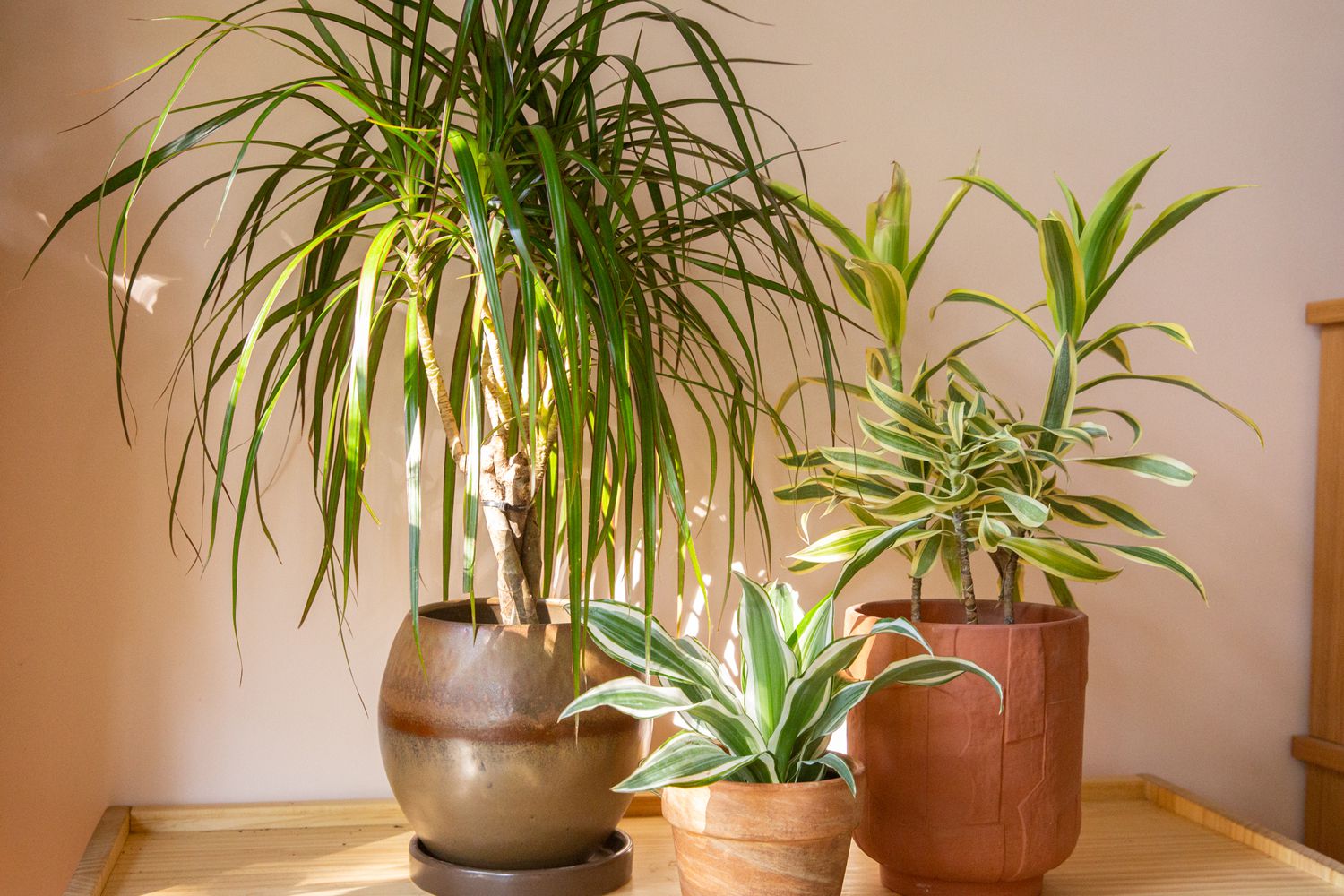
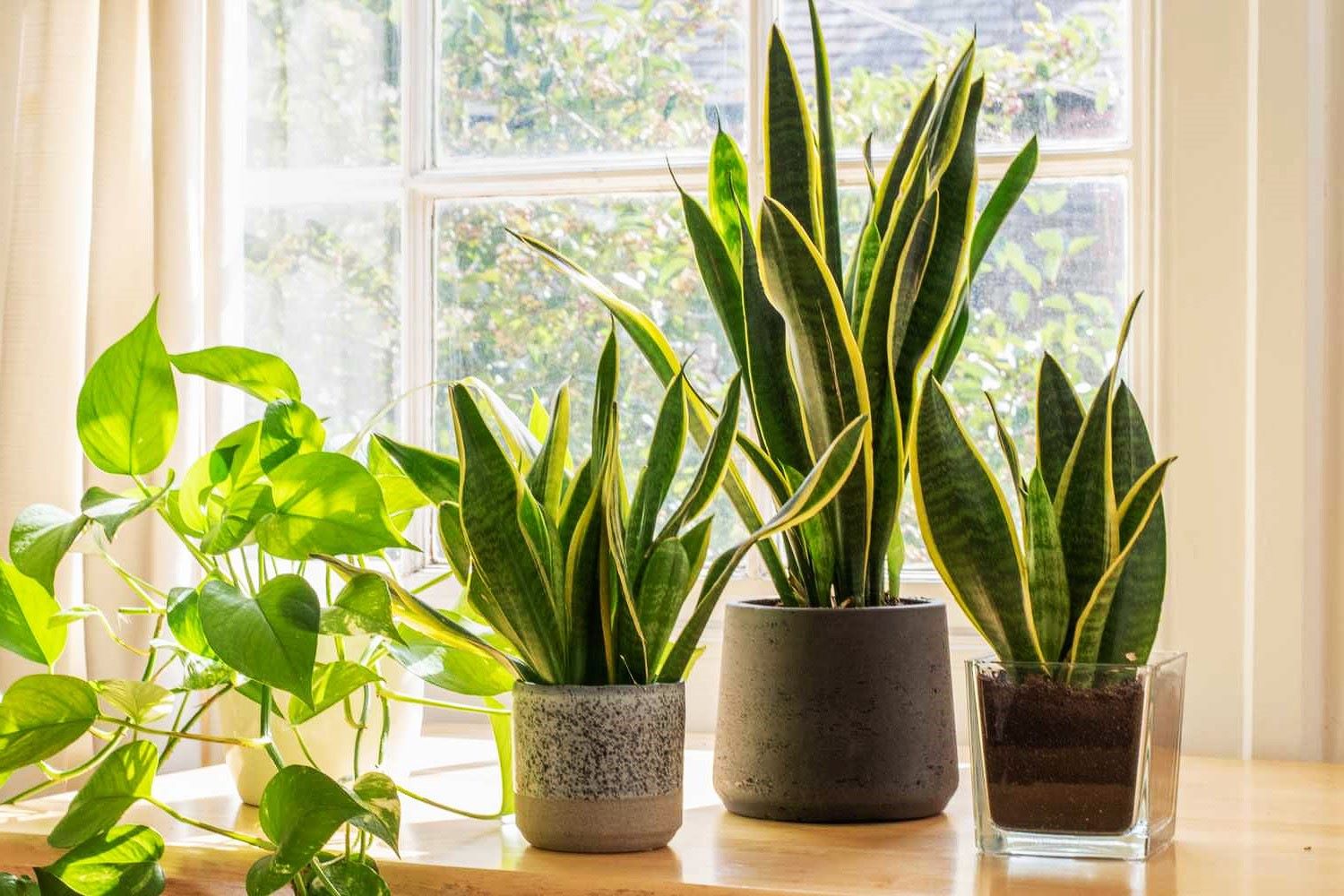
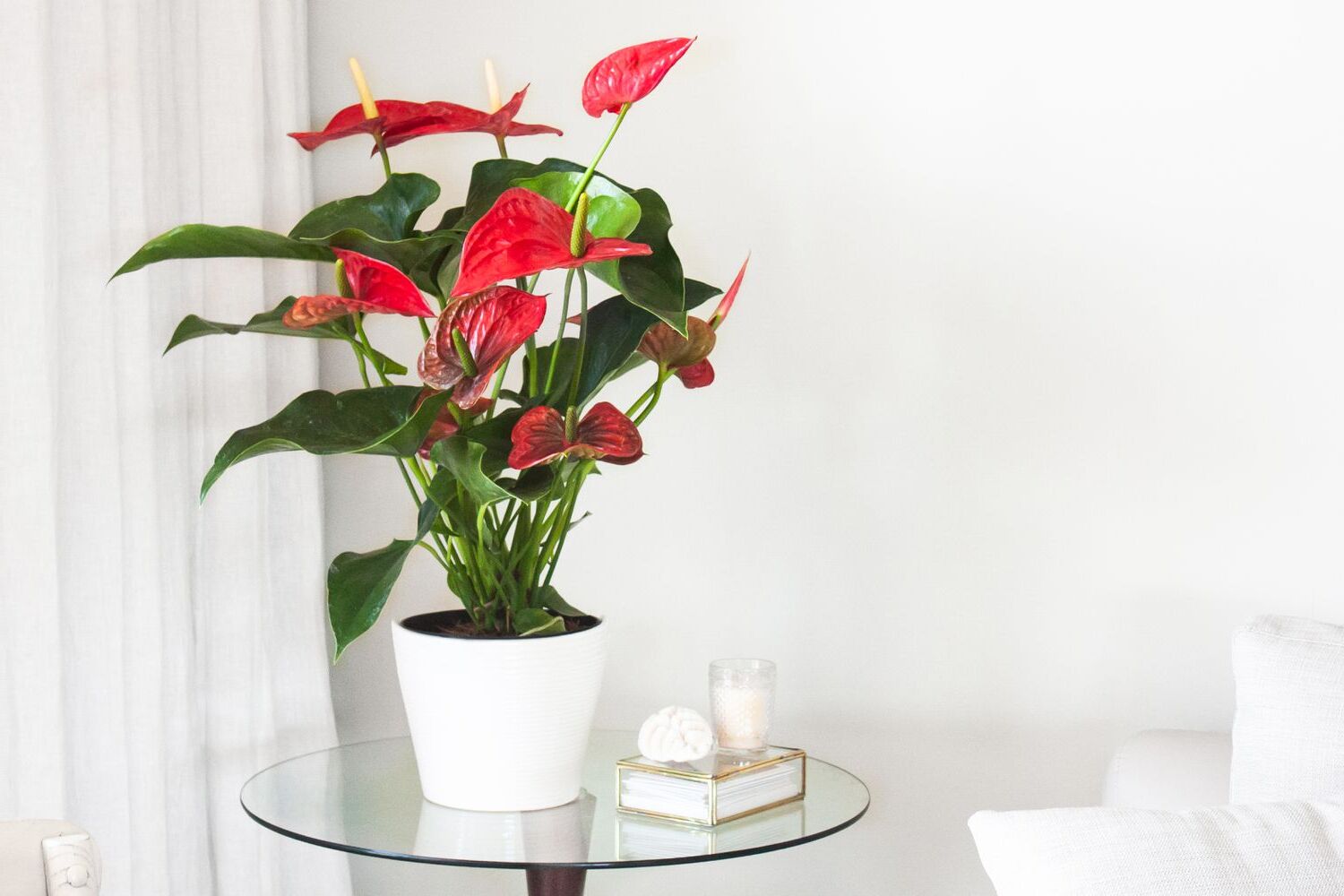
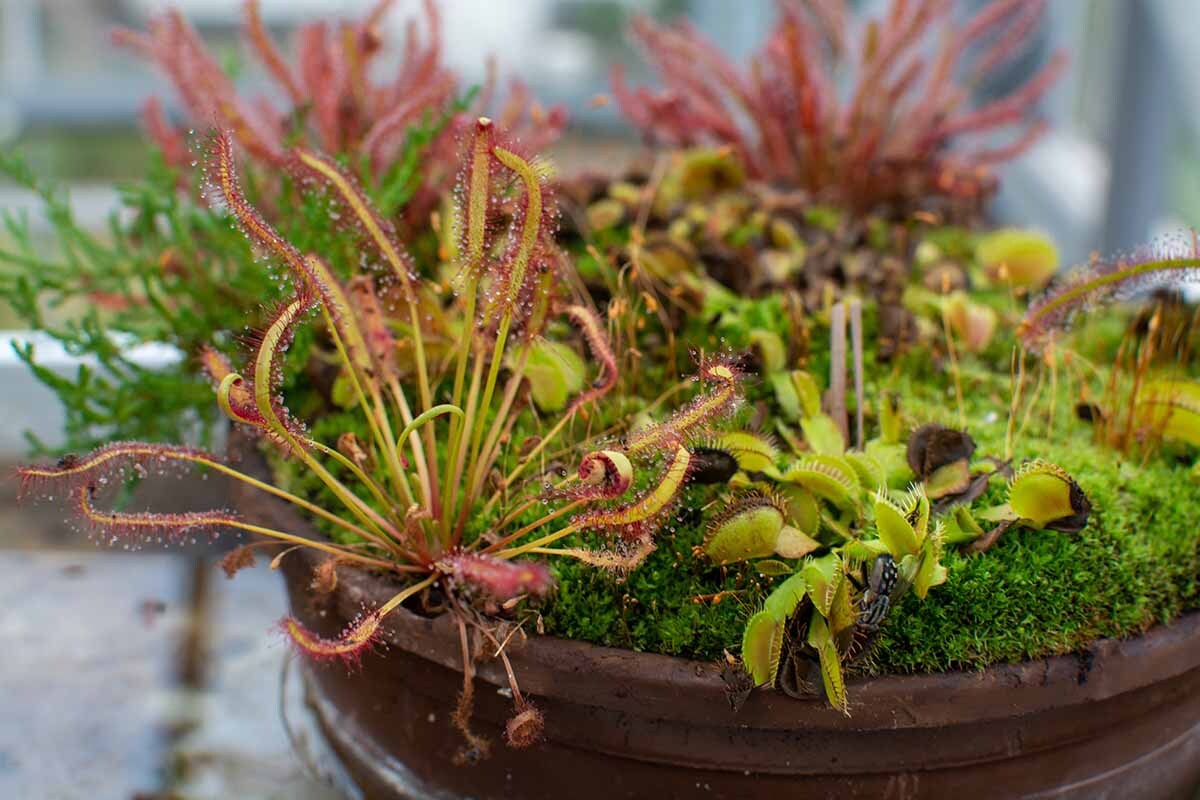
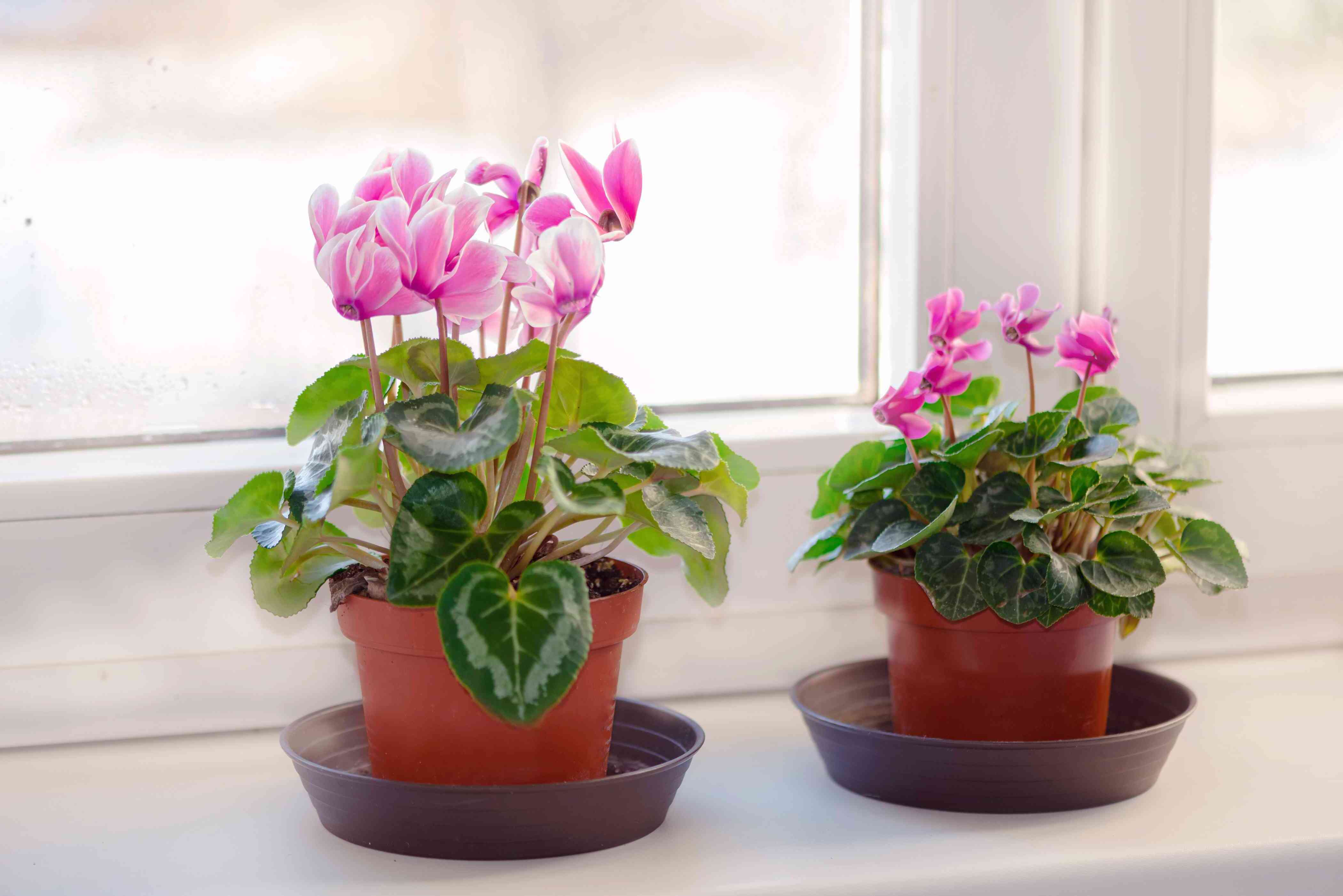
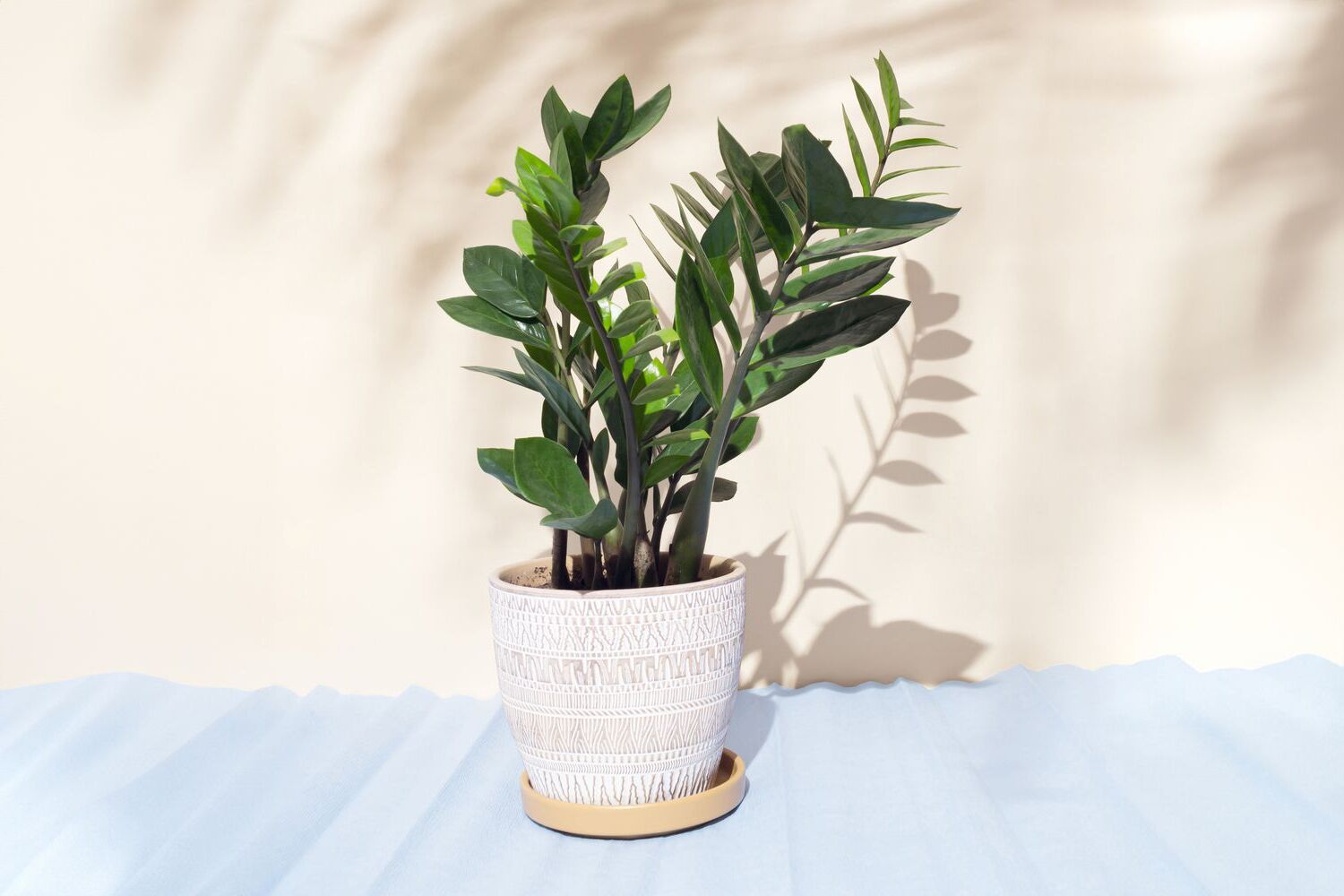
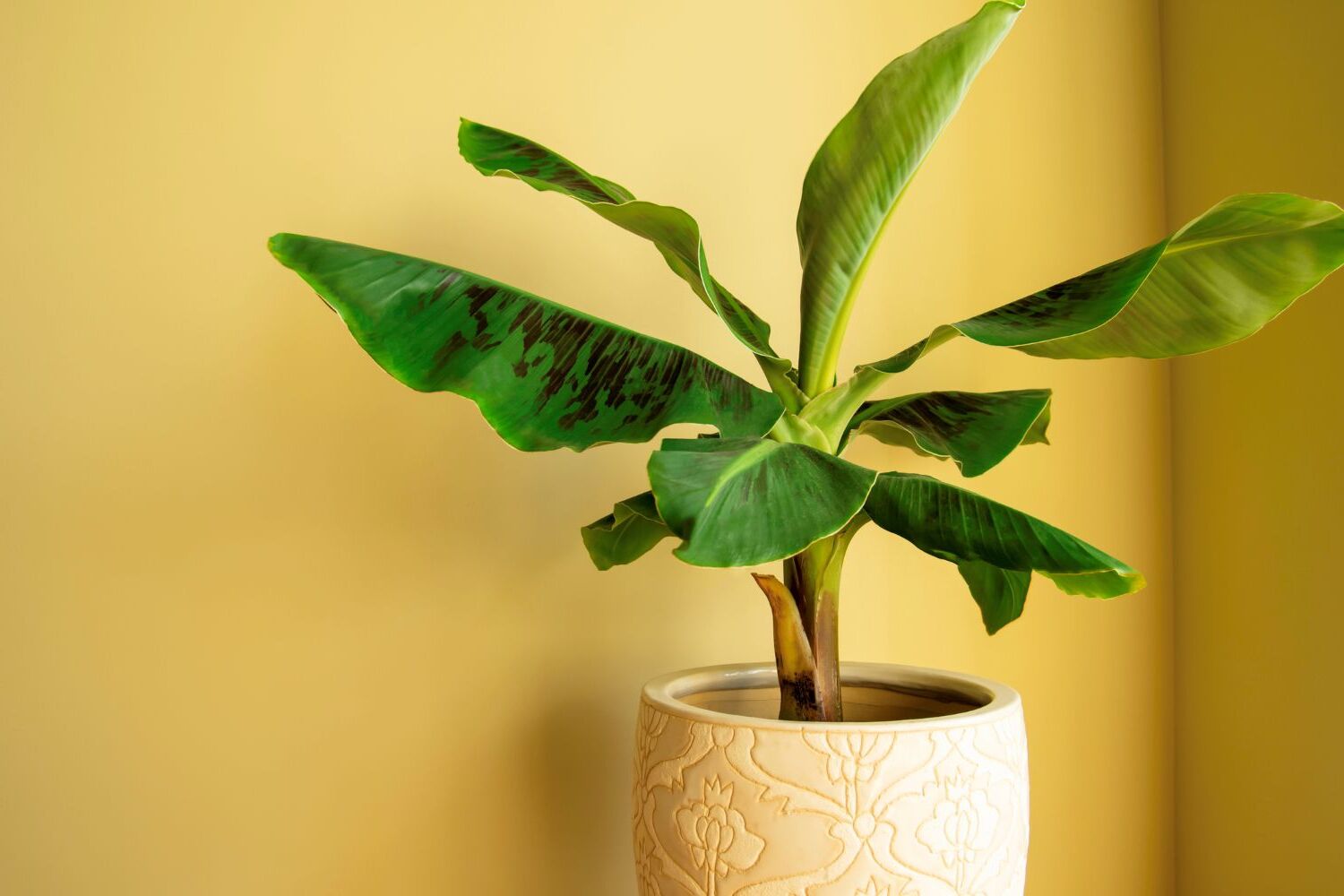
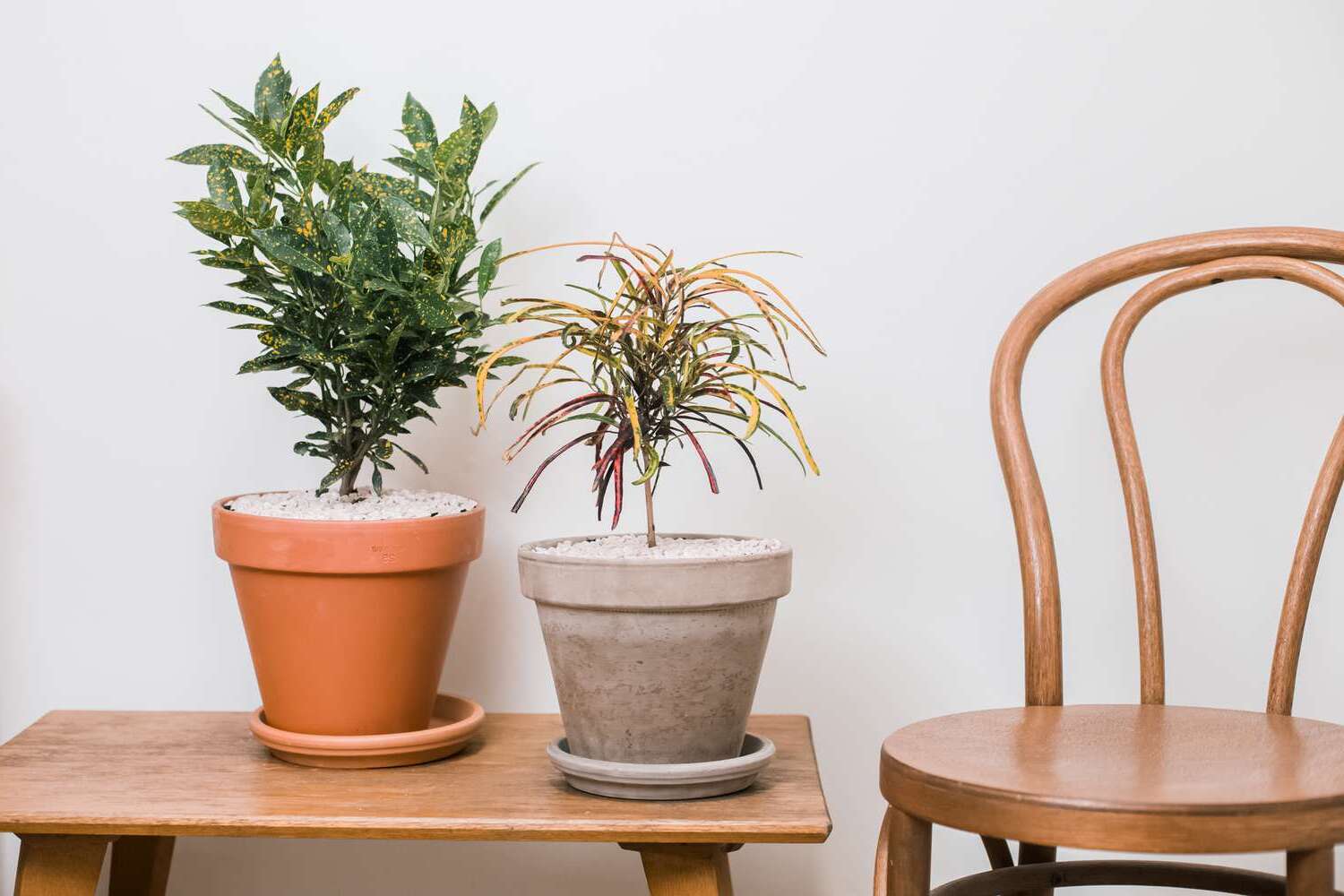
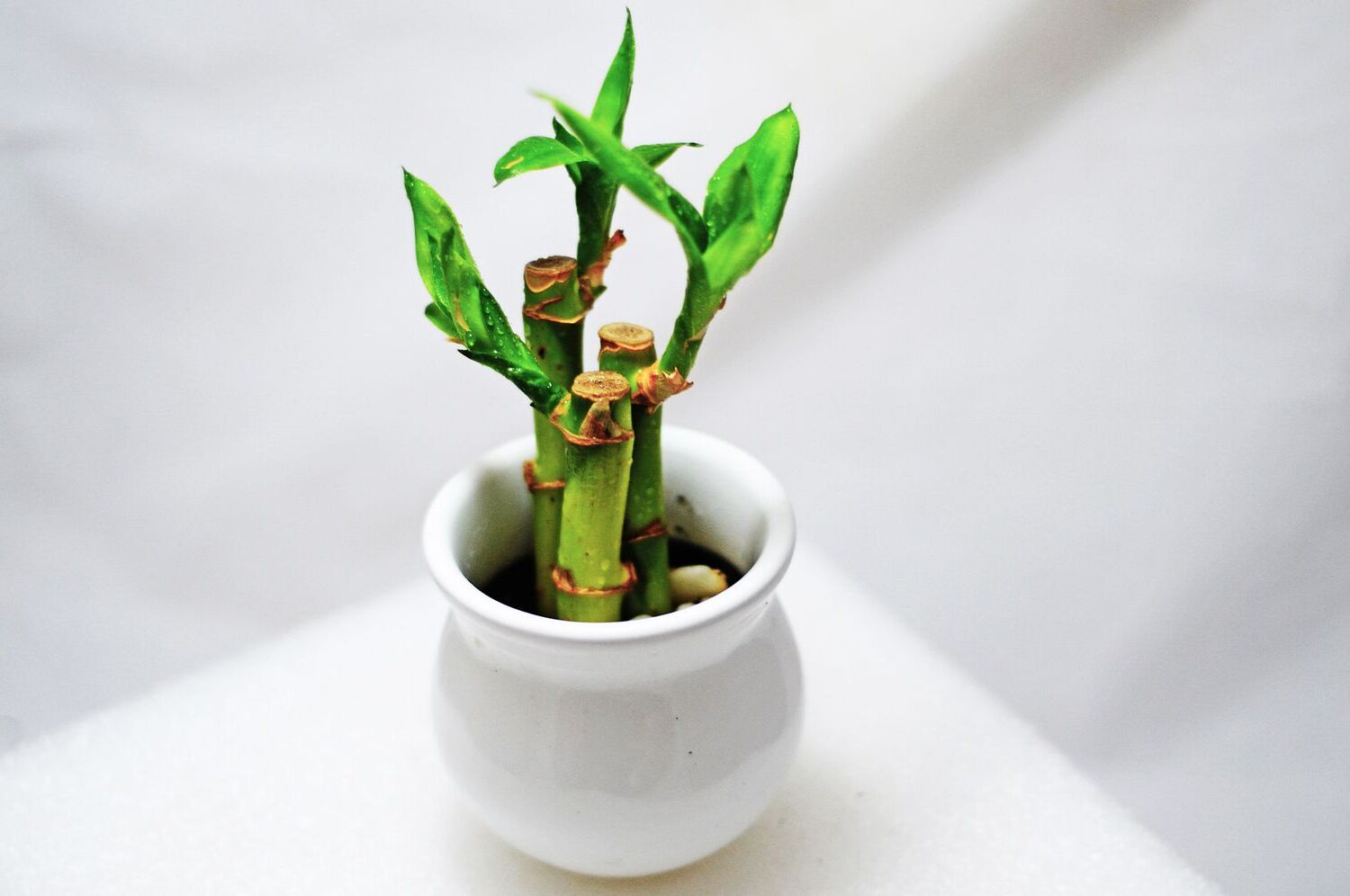

0 thoughts on “Indoor Fiddle Leaf Fig Care Tips for Trendy Houseplant Maintenance”